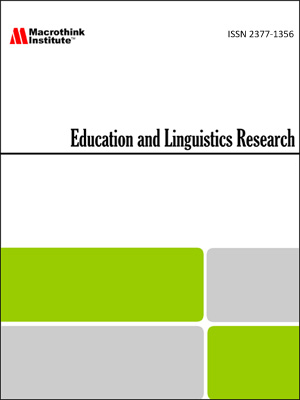INTERPRETATION OF AMBIGUOUS SEGMENTS

This study, conducted as part of a project at the Federal University of Western Pará, re-evaluates the phonological system of the Zo’é language to address discrepancies in phonetic and phonological interpretations identified since the 1990s. Central to this research is the reinterpretation of ambiguous sounds, such as affricates, labialized, and palatalized consonants, as well as approximants. Utilizing historical data and recent recordings, the study identifies systematic processes preserving syllable patterns, including syllable restructuring at morpheme boundaries. The findings propose that sounds like [kʲ], [gʲ], [ŋʲ], [pʲ], [bʲ], [hʲ], [mʲ], [kw], [ʧw], [gw], [ʧ], and [ʤ] function as simple sounds. Additionally, the study explores the complex role of glides [w] and [j], suggesting their dual interpretation as consonants in onset positions and vowels in coda positions. By resolving phonological ambiguities and establishing a cohesive phonetic framework, this research lays the groundwork for a unified orthographic system for the Zo’é language, contributing significantly to its linguistic documentation and preservation.
Onesimo Martins de Castro
Nilton Varela Hitotuzi
Alessandro Borges Tatagiba
Maria da Conceição Queiroz Vale
Click here to download the full article.